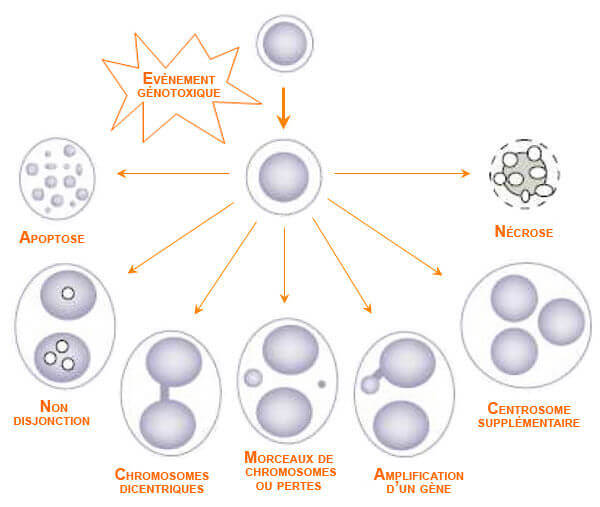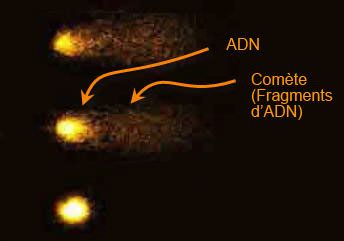in vitro studies consist in subjecting cells or tissues to low frequency electric and magnetic fields. The objective of in vitro studies is to be able to determine the potential influences of such fields, and to isolate them from other types of influences. However, they also have a major disadvantage: cells or tissues are removed from their natural environment, thereby eliminating the interaction and protection mechanisms otherwise available from the donor organism. Moreover, the fields used are generally stronger than the fields to which the population or workers are exposed. This can result in effects that do not exist with low field values.
It should also be emphasised that a modification that has occured on a cellular level during tests does not mean that the whole organism would experience the same effects.




